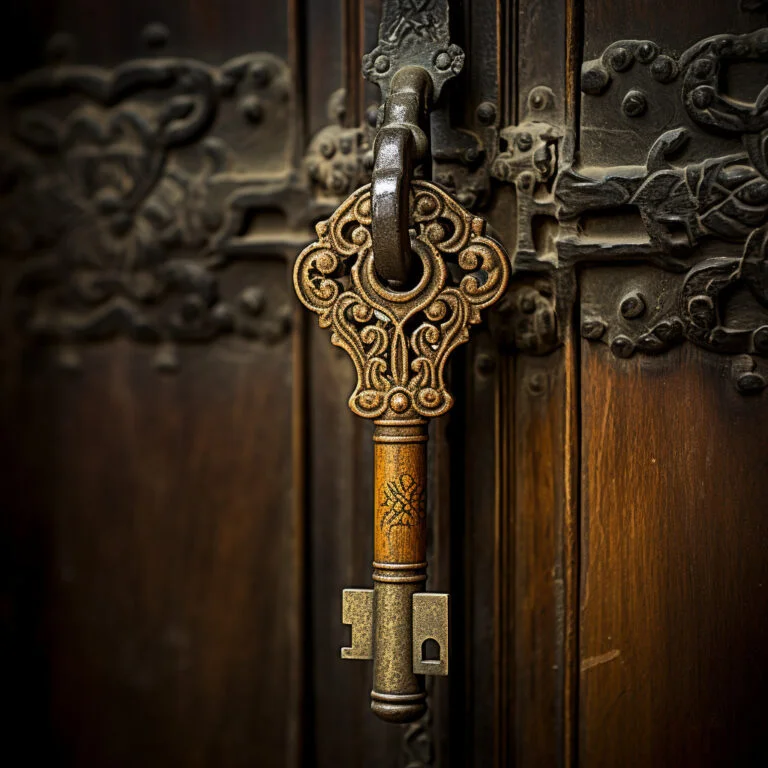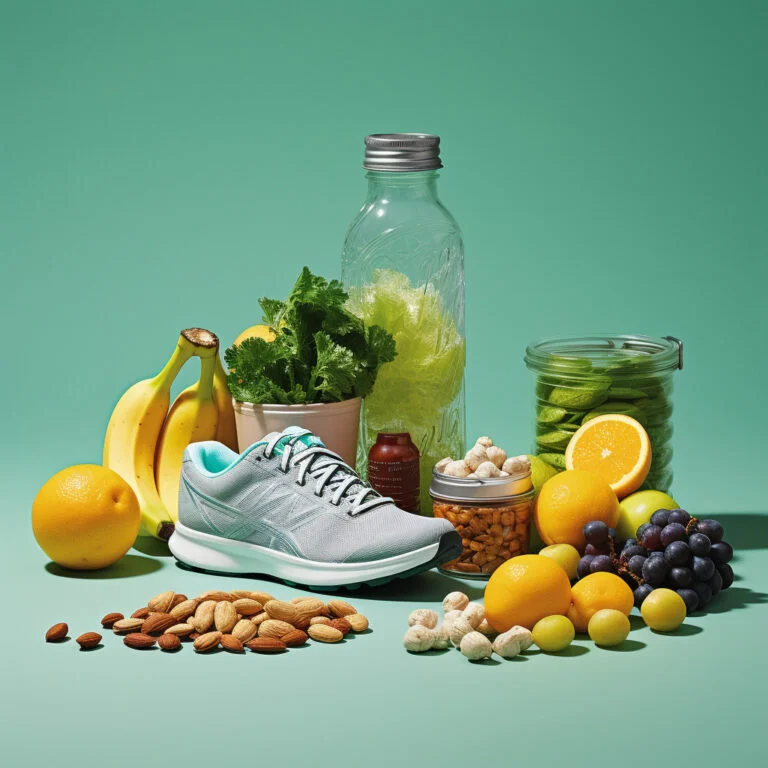As racquet sports continue to gain popularity, pickleball and tennis stand out as two of the most beloved options. While both offer excellent cardiovascular workouts and social benefits, they differ significantly in their physical demands and health impacts. This article delves into the key differences between pickleball and tennis, exploring court dynamics, intensity levels, calorie burn, injury risks, and overall health benefits.
Court Size and Movement Patterns
The most apparent difference between pickleball and tennis lies in the court dimensions. A standard tennis court measures 78 feet in length and 36 feet in width for doubles play, while a pickleball court is considerably smaller at 44 feet long and 20 feet wide.This size disparity significantly influences the movement patterns and physical demands of each sport.
Tennis players cover more ground during a match, requiring extensive lateral movements and quick sprints across the court. In contrast, pickleball’s compact court encourages shorter, more frequent direction changes and rapid reflexes14. The smaller playing area in pickleball results in less overall running but demands quicker footwork and agility.
Intensity Levels and Cardiovascular Benefits
Both pickleball and tennis offer excellent cardiovascular workouts, but their intensity levels differ:
- Tennis: Players experience higher peak heart rates, averaging 152 beats per minute during play.
- Pickleball: Average heart rates are slightly lower at 143 beats per minute.
Tennis players spend about 9% more time in higher-intensity heart rate zones compared to pickleball players. This increased intensity in tennis translates to greater cardiovascular benefits and potentially higher calorie burn. However, pickleball still provides significant heart health benefits, improving cholesterol and blood pressure levels while lowering the risk of heart disease.
Calorie Burn Comparison
The calorie-burning potential of both sports varies based on factors such as playing style, intensity, and individual physiology. However, on average:
- Tennis (singles): A 150-pound person burns approximately 573 calories per hour.
- Tennis (doubles): The same individual burns about 422 calories per hour5.
- Pickleball (singles): A 150-pound person burns around 357 calories per hour.
- Pickleball (doubles): Estimated calorie burn is about 265 calories per hour.
These figures suggest that tennis generally burns about 20% more calories than pickleball per hour of play. The higher calorie burn in tennis can be attributed to the larger court size and more extensive movement requirements.
Physical Demands and Body Impact
The physical demands of pickleball and tennis differ in several key aspects:
Tennis:
- Requires more explosive movements and quick sprints
- Demands greater endurance due to longer rallies and larger court size
- Involves more powerful strokes, particularly in serving
- Places higher stress on the legs, ankles, and feet due to extensive running
Pickleball:
- Emphasizes quick reflexes and agility over endurance
- Involves more squatting, especially at the kitchen line (non-volley zone)
- Requires precise shot placement and control rather than power
- Generally easier on joints due to less running and lower-impact movements
Injury Risks and Common Ailments
Both sports carry injury risks, but the types and frequencies of injuries differ:
Tennis:
- Higher risk of severe injuries due to the high-impact nature of the sport
- Common issues include shoulder problems, lower back pain, and ankle sprains
- Tennis elbow (lateral epicondylitis) is a frequent complaint among players
Pickleball:
- Generally considered lower impact, but not without injury risks
- Common injuries include shoulder strains, knee sprains, and Achilles tendon issues
- Pickleball elbow (similar to tennis elbow) can occur due to repetitive motions
Interestingly, pickleball seems to have a higher incidence of Achilles injuries compared to tennis, possibly due to the frequent quick stops and starts on the smaller court.
Skill Requirements and Learning Curve
The skill sets required for each sport differ significantly:
Tennis:
- Demands a higher level of physical fitness and endurance
- Requires mastery of various shot types, including powerful serves and groundstrokes
- Involves adapting to different court surfaces (clay, grass, hard court)
- Generally has a steeper learning curve for beginners
Pickleball:
- More beginner-friendly due to the smaller court and slower-paced gameplay
- Emphasizes quick reflexes and hand-eye coordination over power
- Requires strategic shot placement, especially in the non-volley zone
- Has a unique set of rules that may take time to master, such as the double-bounce rule
While pickleball is often considered easier to pick up initially, mastering its nuances and strategies can be just as challenging as tennis.
Overall Health Benefits
Both pickleball and tennis offer numerous health benefits:
Shared Benefits:
- Improved cardiovascular health
- Enhanced balance, coordination, and flexibility
- Social interaction and mental health benefits
- Weight management and increased metabolism
Specific Benefits:
- Tennis: Higher intensity workout, greater calorie burn, and more extensive full-body engagement
- Pickleball: Lower impact on joints, suitable for a wider age range, and potentially easier for those with mobility issues
Pickleball has gained popularity among older adults and those recovering from injuries due to its lower impact nature. It helps prevent osteoporosis by maintaining healthy bones, joints, and muscles.
Conclusion
While tennis generally provides a higher-intensity workout with greater calorie burn, pickleball offers a more accessible, lower-impact alternative that still delivers significant health benefits. The choice between the two often depends on individual fitness levels, health conditions, and personal preferences.
Tennis may be more suitable for those seeking a more intense cardiovascular workout and full-body engagement. Its larger court size and powerful movements provide a challenging exercise regimen that can significantly improve endurance and overall fitness.
Pickleball, on the other hand, shines as an excellent option for individuals looking for a fun, social sport that’s easier on the joints while still providing a good workout. Its smaller court size and emphasis on quick reflexes make it particularly appealing to older adults or those transitioning from more high-impact sports.
Ultimately, both pickleball and tennis offer unique benefits and challenges. Whether you’re drawn to the explosive power of tennis or the strategic finesse of pickleball, both sports provide excellent opportunities for physical activity, social interaction, and improved overall health.








